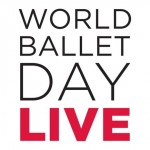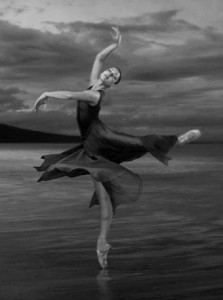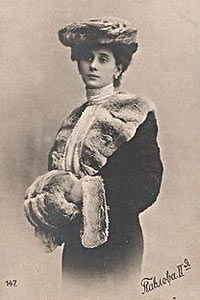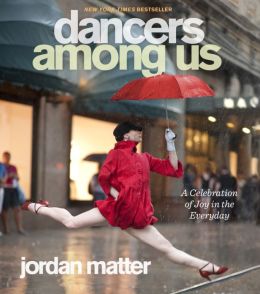Something really momentous is happening in the world of ballet starting tomorrow: the very first, continuous streaming, 20 hours of live ballet from 5 of the world’s greatest ballet companies. Respectively, The San Francisco Ballet, The Royal Ballet, The Australian Ballet, The National Ballet of Canada, and The Bolshoi Ballet are giving us a 4 hour view into the lives of each company — from warm-up class, to rehearsal, to performance. Streaming starts in the evening of Tuesday, September 30th at 7pm (PDT in the USA), starting with The Australian Ballet. Below are portions of the event press release and below that more information on the schedule and how to access the live streaming.
“The first ever World Ballet Day will see an unprecedented collaboration between five of the world’s leading ballet companies. This online event will take place on Wednesday 1 October (Tuesday, Sept. 30 at 7pm PDT for USA) when each of the companies will stream live behind the scenes action from their rehearsal studios.
Starting at the beginning of the dancers’ day, each of the five ballet companies – Australian Ballet, Bolshoi Ballet, The Royal Ballet, The National Ballet of Canada and San Francisco Ballet – will take the lead for a four hour period streaming live from their headquarters starting with the Australian Ballet in Melbourne. The live link then passes across time zones and cultures from Melbourne to Moscow to London to Toronto to San Francisco.
The live streaming will take viewers on a journey into the rarely seen backstage lives of ballet dancers. This unusual access will throw a spot light on the differences in style between the five companies as they follow a very similar routine but approach choreography and performance in the ways that have made them unique on the world stage. Starting with morning class to warm up the body with different exercises, moving on to rehearsals for their upcoming performances the day will be a celebration of dance; the athleticism and unparalleled dedication of all those involved in creating a world-class ballet company.
Viewers will be able to engage and interact with dancers, choreographers and coaches who live and breathe ballet every day of their working lives, asking questions throughout the day as well as having the opportunity to contribute by submitting a film of themselves doing a pirouette wherever they are in the world. These will be edited into a film celebrating the worldwide appeal of dance.
The day’s streaming will be repeated on YouTube in full so that viewers around the world can catch up on any parts of the day they missed. Edited highlights will then be made available for further viewing.”
Where to Watch
The entire 20-hour live stream event will be available on this page, sfballet.org/worldballetday or by visiting SFB’s YouTube Channel.
Schedule (all times Pacfic Daylight Time – PDT)
The Royal Ballet starts October 1st at 3am
The National Ballet of Canada starts October 1st at 7am
The San Francisco Ballet starts October 1st at 11am




